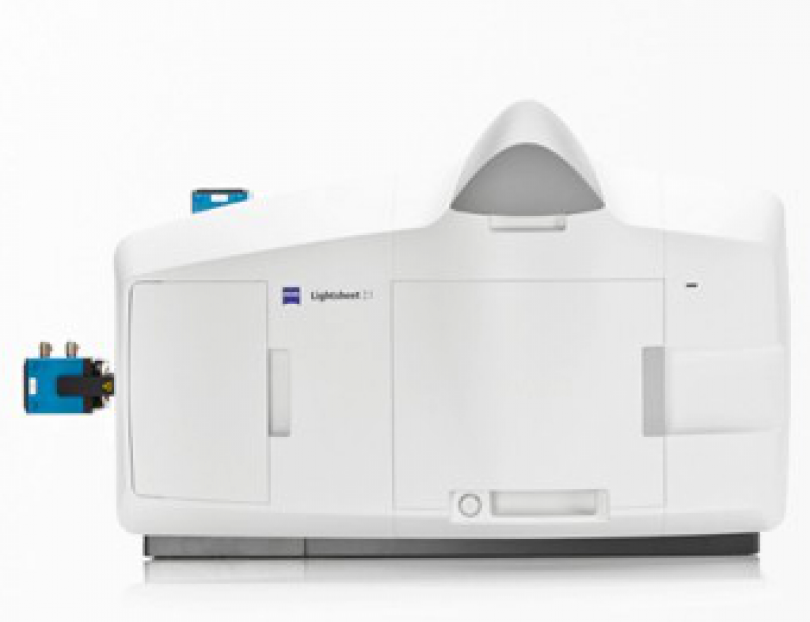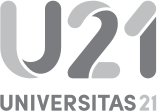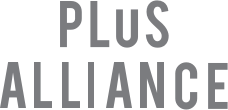Objective Lenses
Collection Objectives
| MAG | N.A | CORRECTIONS | IMMERSION | MISC. |
|---|---|---|---|---|
| 2.5C Clearing | 0.12 | Fluar | Air | nd: 1 |
|
5x |
0.16 | Plan Neofluar | Air | nd = 1.33-1.56 |
| 10X | 0.5 | Plan Apochromat | Water | nd = 1.336 |
| 20x | 1 | Plan Apochromat | water | nd: 1.32 -1.4 |
| 20x Clearning | 1 | Plan Neofluar | Clearing | nd = 1.42-1.45 |
| 40x | 1 | Plan Apochromat | water | VIS-NIR |
Illumination Objectives
| MAG | N.A | CORRECTIONS | IMMERSION | MISC. |
|---|---|---|---|---|
| LSFM 5x | 0.1 | Air | ||
|
LSFM 10X |
0.2 | Air | ||
| 5x Focusing | 0.1 | Medium Refractive Index 1.33 -1.58 | Air |







